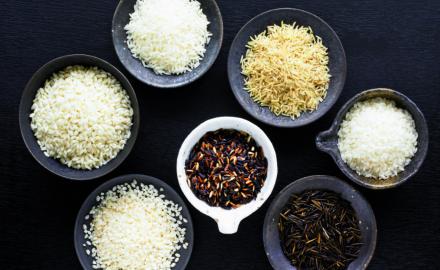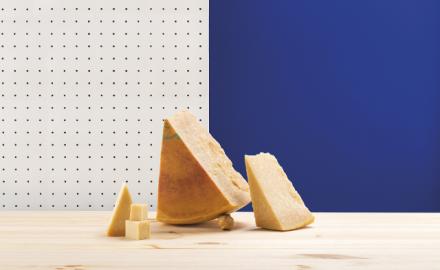Asparagus, a spearheading taste!
Origins
Although asparagus has been grown around the Mediterranean region since ancient times, it wasn’t really used in cookery until the 16th Century, when Princess Catherine de Médicis introduced it to the French. A century later, Louis XIV’s gardener found a way of growing it all year round and it started on its journey around the world.
Universally popular, asparagus consists of a stem growing underground with shoots that grow up, out of the soil, in search of light. Today it is cultivated throughout the world. The biggest producer is China (80%), followed by Peru, which has recently become the biggest exporter of fresh asparagus, with more that 170,000 tons per year. The USA is the biggest consumer, followed by the Netherlands, Spain and Great Britain.
Usage
There are three varieties of asparagus:
- White. It grows entirely underground, sheltered from air and light. This gives it a delicate, subtle flavour.
- Purple. Particularly tasty, the point pierces the soil and takes on some colour.
- Green. It grows above the soil and its colouring is the natural result of photosynthesis. It has a stronger flavour and the sugary tip is especially delicious.
Specialists such as Christian Befve, a consultant and expert in the cultivation and production of asparagus, point out that, contrary to popular belief, thin asparagus is not as tender as the thicker varieties. In addition, whatever the variety, the tip should be closed, compact and give off a pleasant mature wheat aroma. From this basic ingredient, there are many ways of serving this excellent plant, low in calories (25cal/100g), rich in vitamins A, B and C and a natural diuretic:
Raw, marinated (approx. 10mins) then served with a mustard sauce and slivers of parmesan; boiled (approx. 20 mins), or steamed (approx.. 15 mins) which preserves its delicate taste; pan-fried (approx. 10 mins) with shitaki mushrooms and peas; baked (approx. 15 mins) accompanied with cheese, butter or lemon; in an omelette; as a thick soup; as a savoury ice-cream or pickled. In the USA and Asia, asparagus is enjoyed served with a jus.
Advice for connoisseurs
Asparagus should be cooked in a specially designed pan (vertical) so that the tips stay out of the water and keep some of their firmness. Green asparagus should be plunged in cold water directly after cooking, to preserve its colour!


